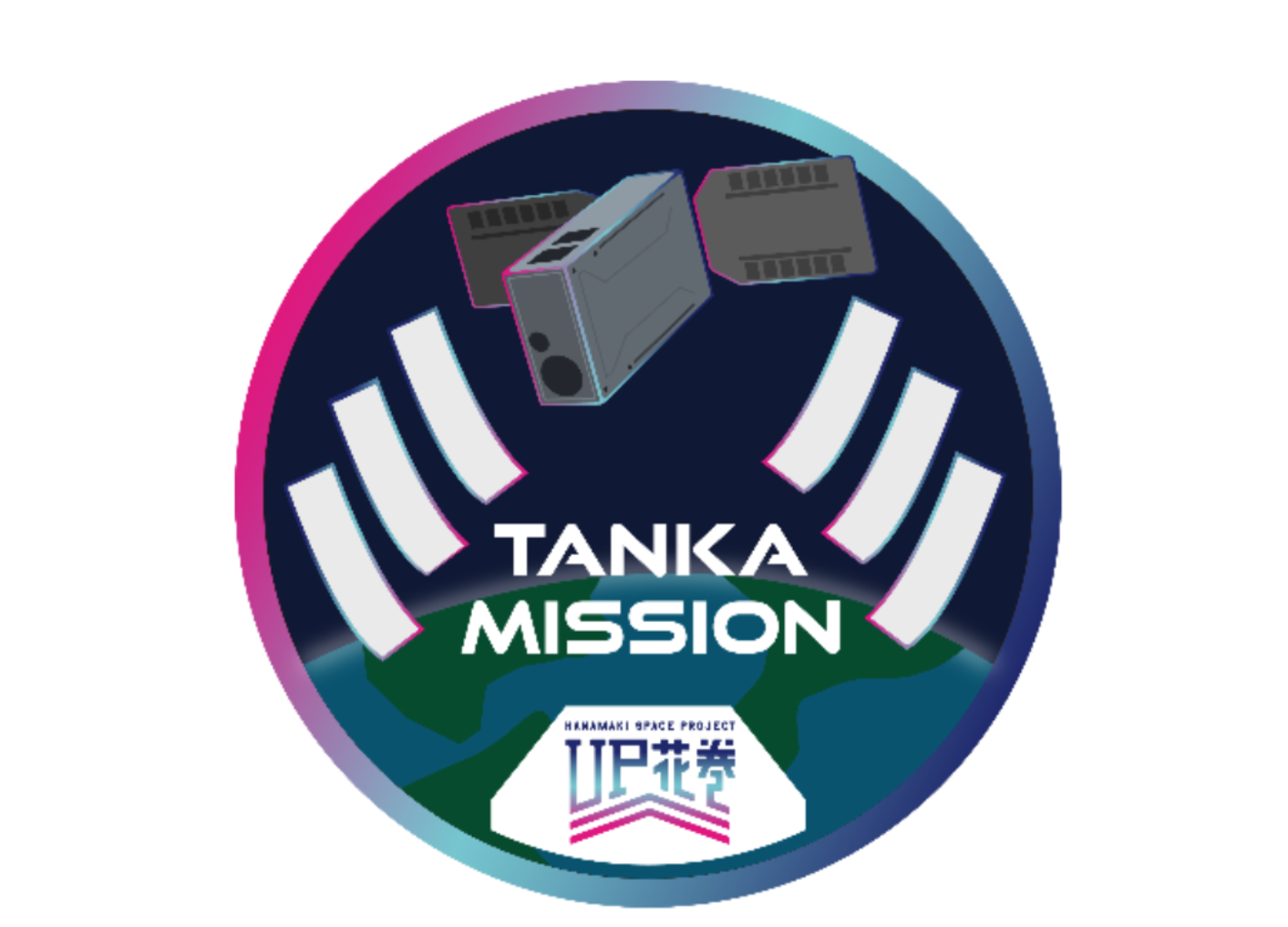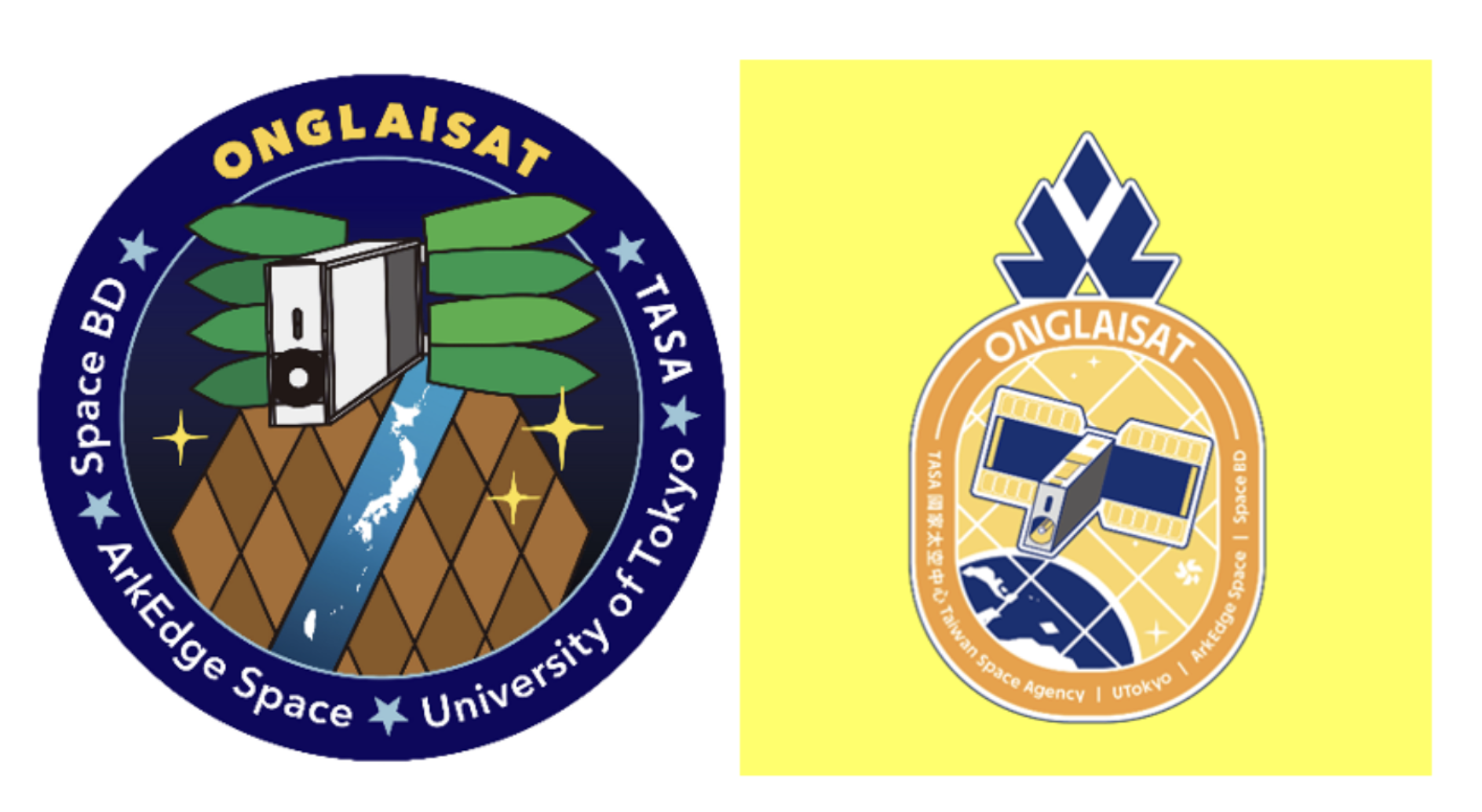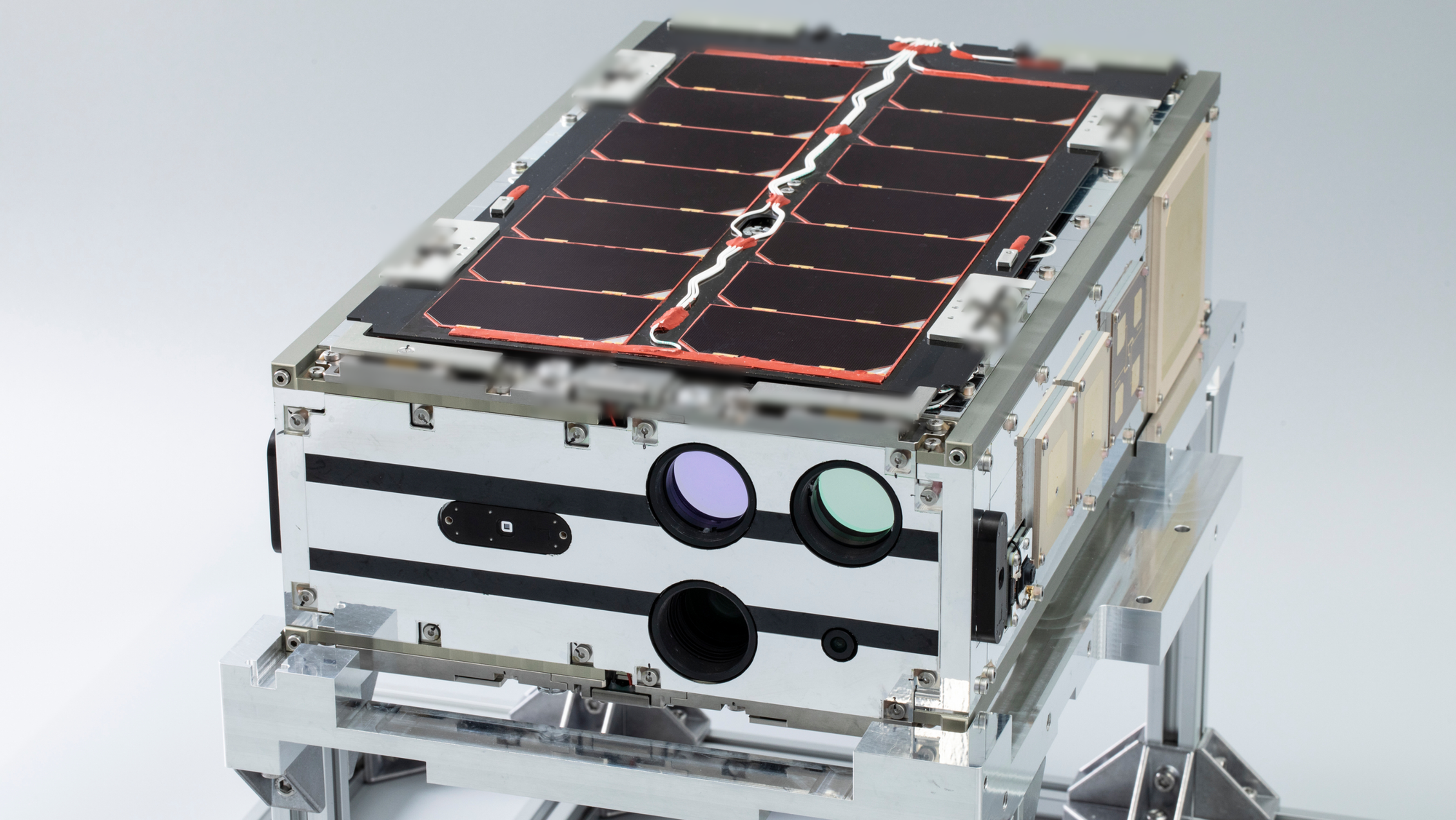AE1b: flight model
Tokyo, Japan, November 6th, 2024 – ArkEdge Space Inc. (“ArkEdge Space”), a Japanese space startup based in Tokyo that provides comprehensive solutions from design, development and operation of micro-satellite constellations, is pleased to announce the successful launch and transportation of two 6U class micro-satellites developed using 6U satellite multi-purpose bus system: [1] AE1b (YODAKA) and [2] ONGLAISAT, developed in cooperation with the Taiwan Space Agency (TASA). Both satellites have now been delivered to the International Space Station (ISS).
On November 5th at 11:29 a.m. JST; at 9:29 p.m. EST, November 4th, the AE1b (YODAKA) and ONGLAISAT were successfully launched by SpaceX’s Falcon 9 rocket from the Kennedy Space Center in Florida. The launch marks the 31st Commercial Resupply Service mission (CRS-2 SpX-31) to the ISS by the Dragon spacecraft. The two satellites successfully docked with the ISS at approximately 11:53 p.m. JST on the same day, 9:53 a.m. EST on November 5th, marking a major milestone.
The two satellites will be deployed from the ISS in approximately one month. After deployment, the two satellites will spend another month in the Launch and Early Orbit Phase (LEOP), after which they will enter the Full Operational Phase to perform various in-orbit tests and demonstrations.
■About AE1b (YODAKA)
This project was developed as part of the “Hanamaki Space Project UP Hanamaki,” organized by SPACE VALUE (Headquarters: Hanamaki City, Iwate Prefecture; Representative: Shuichi Ando), which promotes local space-related initiatives in the Hanamaki area, and Space BD Inc. (Headquarters: Chuo-ku, Tokyo; co-founder and CEO: Masatoshi Nagasaki), a comprehensive service provider in the space industry. The satellite with a mission developed by students from Hanamaki Kita High School (location: Hanamaki city, Iwate prefecture, Principal: Nobuaki Sasaki), was named “YODAKA” (Nighthawk in Japanese) after the work of Kenji Miyazawa, a Japanese novelist, poet, and writer from Hanamaki City from the 1890s to the 1930s.
For this mission, ArkEdge Space is responsible for the design, development, production, and operation of these satellites as part of our project to develop a 6U standard multi-purpose bus, which is funded by the Ministry of Economy, Trade and Industry (METI) in fiscal year 2021 and from fiscal year of 2023 and beyond, by the New Energy and Industrial Technology Development Organization (NEDO) for the project “Research and Development Project for Information Infrastructure Improvement for Space Industry Technology (Development and Verification Support for Multi-purpose Bus for Micro-Satellites)”, and “Development and Demonstration of a 6U Standard Multi-purpose Bus and its Production and Operation System for Rapid and Efficient Production of Multiple Types of Satellites” (hereinafter referred to as “this multi-purpose bus development project”). Specifically, this multi-purpose bus development supports the efficient production and operation of standard 6U satellite buses and their systems, an automatic operation system for multiple satellites to start full operation.
As part of its space education program, ArkEdge Space hosted students from Hanamaki Kita High School at its headquarters in Ariake, Tokyo. During their visit, the students learned about ArkEdge’s business model and the YODAKA satellite mission, and participated in the assembly of the on-board transmitter and receiver for the satellite. Once deployed, we plan to conduct a unique experiment of composing Japanese tanka poems, consisting of five lines in the pattern of 5-7-5 as the first verse and 7-7 as the last verse, totaling 31-syllables, from the ground and combining them to generate original poems in orbit.
*First verse submissions are currently being accepted at the following website.
https://up-hanamaki.com/article/239/

“UP HANAMAKI” Tanka Mission logo
■About ONGLAISAT
ONGLAISAT is a remote sensing satellite developed in collaboration with the Taiwan Space Agency (TASA). The name “ONGLAI” (旺來) means pineapple in Taiwanese, a symbol of good fortune. Its official name is ONboard Globe-Looking And Imaging Satellite, reflecting its purpose as a remote sensing satellite equipped with TASA’s newly developed optical observation components, enabling Earth observation and worldwide.
In this project, the development, integration testing, and initial operation of the satellite bus are being conducted by the Intelligent Space Systems Laboratory (ISSL) of the University of Tokyo, headed by Professors Nakasuka, Funase, and Ikari, while the mission equipment is being developed by TASA. ArkEdge Space, in collaboration with the University of Tokyo, is handling various tasks such as vendor contracts for mission and bus development, coordination with government agencies, and support for satellite test implementations.
The satellite is a 6U model that uses commercial off-the-shelf components, allowing for lower cost and faster development. It is expected to expand its use and business in a variety of areas, including efficient, high-frequency disaster and environmental monitoring.

ONGLAISAT Mission Logo
(The logo is modeled after the pineapple, which is also the origin of its name.)
■Reference: “6U Satellite Multi-purpose Bus System”
Please refer to the following recently published press release for more details.
ArkEdge Space Completes Development of 6U Satellite Multi-purpose Bus System and Transitions to 7 Satellite Launch and In-Orbit Demonstration Phase:https://arkedgespace.com/en/news/multipurpose6usatellite

